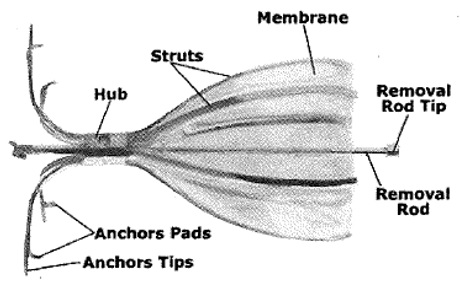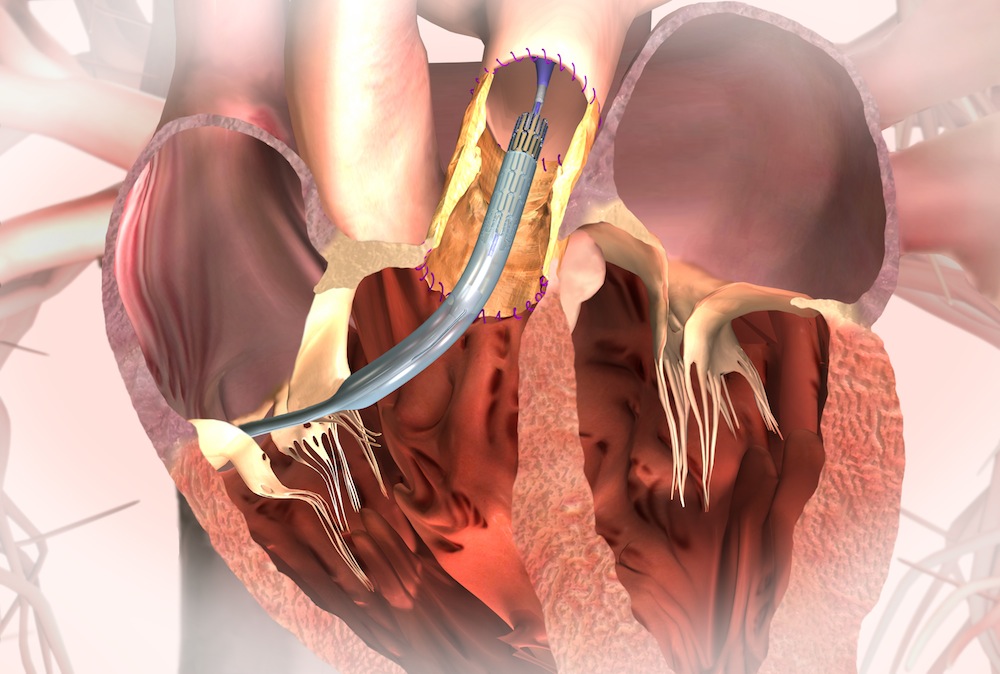The Spiration Valve System for the Treatment of Severe Emphysema Dr. Endobronchial valves are typically implanted using a flexible delivery catheter advanced through a.
 Spiration Valve System For Treatment Of Severe Emphysema Olympus America Medical
Spiration Valve System For Treatment Of Severe Emphysema Olympus America Medical
For appropriate patients SVS has been shown in clinical trials to provide clinically meaningful improvements in lung function shortness of breath and overall quality of life.

Spiration endobronchial valve. Endobronchial valves are one-way valves placed in the airways of the most damaged parts of the lungs using bronchoscopy. Four types of valves have been reported in the literature. The Zephyr one-way EBV PulmonX Corp Redwood City CA USA.
Spiration Valve System treatment benefi ts may include1. Over time clinical trial data have helped define the successful patient profile. The VENT trial of valve therapy.
The Spiration Valve System for the Treatment of Severe Emphysema Dr. An endobronchial valve EBV is an implantable medical device a small one-way valve which is implanted in an airway in the pulmonary system to treat one of several lung conditions. Appropriate patient selection is critical to the success of Zephyr Valve treatment.
Kirk Voelker - YouTube. A Proven New Direction in Severe Emphysema Treatment. The valve consists of a nitinol frame covered with a polymer membrane and five anchors that securely engage the airway walls at the targeted treatment location.
For the Treatment of Severe Emphysema Management of Prolonged Air Leaks. The Endobronchial Valve for Emphysema Palliation Trial VENT was the first multicenter randomized controlled trial to assess the efficacy and safety of lung volume reduction with Zephyr endobronchial valves. Since 2008 the Spiration Valve System is the first and only FDA approved endobronchial valve for management of post-surgical prolonged air leaks.
2Groningen Research Institute for Asthma and COPD University of Groningen. The Spiration Valve is an umbrella-shaped one-way valve that is placed via a delivery catheter introduced through the working channel of a flexible bronchoscope. Vanfleteren 345 Eva M.
Endobronchial valves may be used as an alternative to surgery to achieve lung volume reduction and improve breathing in some people with severe emphysema. Van Rikxoort6 Karin Klooster12 and Dirk-Jan Slebos12 Affiliations. The Spiration Valve is an umbrella-shaped one-way valve that is placed via a delivery catheter introduced through the working channel of a flexible broncho.
MedLung EBV MedLung Barnaul Russia. The Spiration valve system Spiration Inc Redmond WA USA. The Spiration Valve bronchoscopic procedure has.
17 The trial had two cohorts one in the United States and one in Europe. 1Dept of Pulmonary diseases University of Groningen University Medical Centre Groningen Groningen The Netherlands. The Spiration Valve System is an innovative endobronchial valve therapy for bronchoscopic lung volume reduction BLVR that improves lung function reduces shortness of breath and restores quality of life for patients suffering from severe emphysema.
Over the past decade the body of clinical evidence continues to grow for the use of endobronchial valves in management of post-surgical air leaks. SPIRATION VALVE SYSTEM The Spiration Valve System is a device placed in the lung airway to treat severely diseased lung in patients with heterogeneous emphysema and complete fi ssures by limiting airfl ow to selected areas. The Spiration Valve System is an innovative endobronchial therapy that offers patients with severe emphysema a customized minimally invasive treatment option for lung volume reduction with a favorable risk-benefit profile.
1-467 The Zephyr Valve is the first endobronchial valve to receive approval from the FDA for patients with either heterogeneous and homogeneous emphysema and can be used to treat the upper. In the US cohort 321 patients with severe and very severe heterogeneous. Endobronchial valves for severe emphysema Jorine E.
Endobronchial valve therapy with the Spiration Valve System SVS offers a new minimally-invasive treatment option for severe emphysema patients. And the endobronchial Miyazawa valve Novatech La Ciotat France. Placed in targeted airways of the lung during a short bronchoscopic procedure the Spiration Valve is an umbrella shaped device that improves breathing by redirecting air from diseased parts of the lungs to healthier parts enabling healthier tissue to expand.
Power of Precise Patient Selection.




